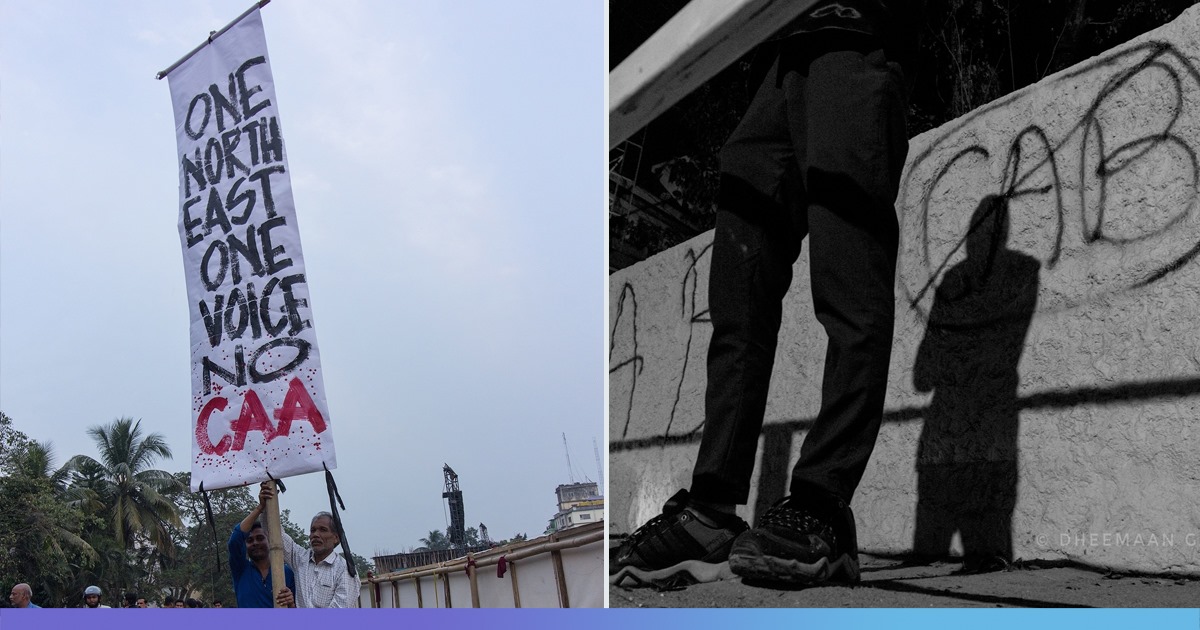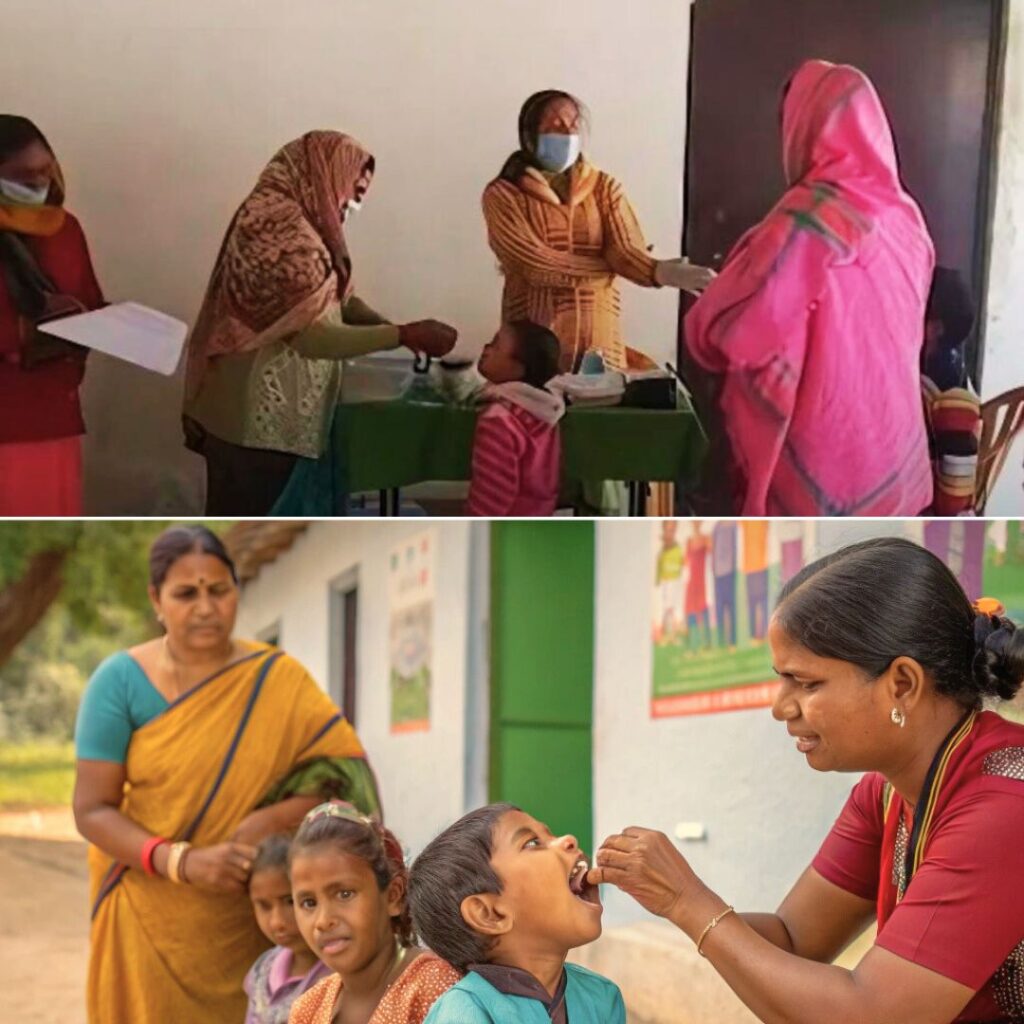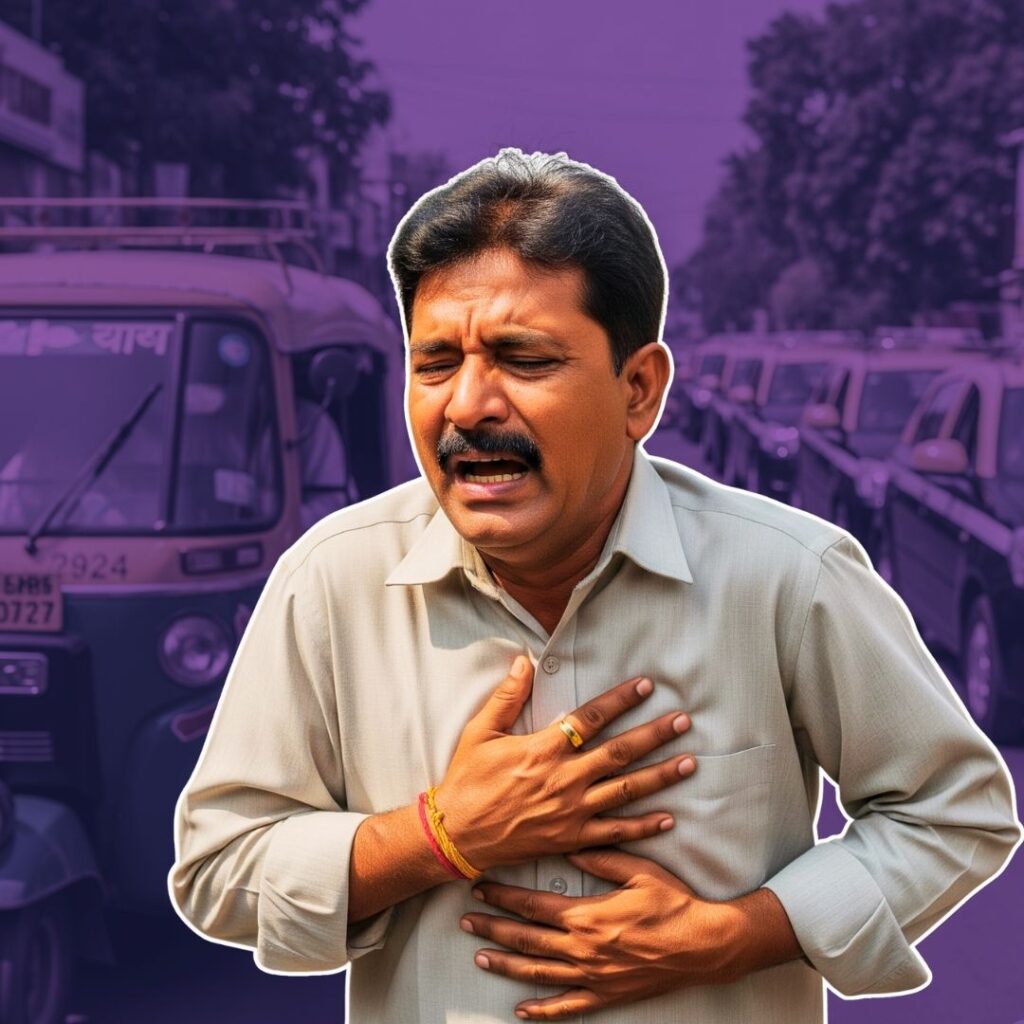Photojournalists Himadri Bhuyan and Dheeman Garg from Guwahati gave us insight into the protests that took place in Assam on account of the Citizenship Amendment Act(CAA). The rest of the country is raising its voice against the Act because it attacks the secular aspects of the nation and the basic structure of the constitution. But, Assam is fighting for different reasons; Assam is fighting to save its culture and stop the influx of illegal immigrants into its land.

All Assam Students’ Union (AASU) staged a three-day-long protest March(Satyagraha) from 16th December to 18th December in parts of Assam – Guwahati, Jorhat, and Golaghat. The protest heard the footfall of lakhs of people, including senior citizens, students, teachers, lawyers, doctors, the movie industry, and the music industry.
“As a person who is supposed to present facts the way they occur, a photojournalist needs to be unbiased. But when you get a grip on the demographic and economic situation of the country and the state, together with the urge to protect one’s identity, culture, and religion, there will rarely be someone who would not take a stand. I do not support CAA,” said Himadri Bhuyan, photographer and geographer, while speaking to The Logical Indian.

The photographers added that before the Satyagraha, the initial days consisted of peaceful protesters on the one hand, and on the other, the ones who vandalised parts of the state.
Bhuyan said that he sees them as separate entities, as unlike the peaceful protesters, the violent ones were mostly intoxicated, especially those who brought down street lights, traffic points, and burned vehicles. “It was total pandemonium,” he added.
Garg and Bhuyan, both expressed their despondence at the sight of the destructions that took place in their state.
“There were tires burning every 200m on GS Road, in Guwahati. The police had to intervene in order to maintain law and order and to chase away violent protesters. Hence they used tear gas and force. I am heartbroken to see my state like this, it is burning, and there is not much that I can do to save my culture and people,” said 20-year-old Garg.
The CAA grants citizenship to Sikhs, Buddhists, Jains, Hindus, Christians, and Parsis from Afghanistan, Pakistan, and Bangladesh who had come to India before the 31st of December, 2014. This, in turn, violates the Assam Accord of 1985. The Act shifts the cut-off date for granting citizenship from 24th March 1971 to 31st December 2014. Assam thus sees the act as an attack on their identity, culture, and language.
One incident during the mass demonstrations that impressed the photographers was a Muslim family who was distributing water in front of a Masjid near Guwahati Club to all the protestors returning home from the march.

Bhuyan and Garg also expressed their difficulty in explaining how and why things became violent in their city (Guwahati).
“You cannot blame either. Roads were blocked by protesters with tires and burnt log pieces, so people had to walk from one place to another. By the time we reached Janta Bhawan (Guwahati), the roads looked like war zones. As evening approached, the peaceful protesters started dispersing, and violent ones took over,” said Bhuyan.
“Around 5 pm, the first bus was set ablaze by drunk hooligans. The police then had to resort to the use of tear gas. From there, things only got worse until the Indian Army started its flag march and a curfew was imposed from that very evening,” he added.
Thereafter, Satyagraha began in Assam on December 16.
Also Read: Former Assam CM Tarun Gogoi Appears In Court After 36 Years To File Case Against CAA











